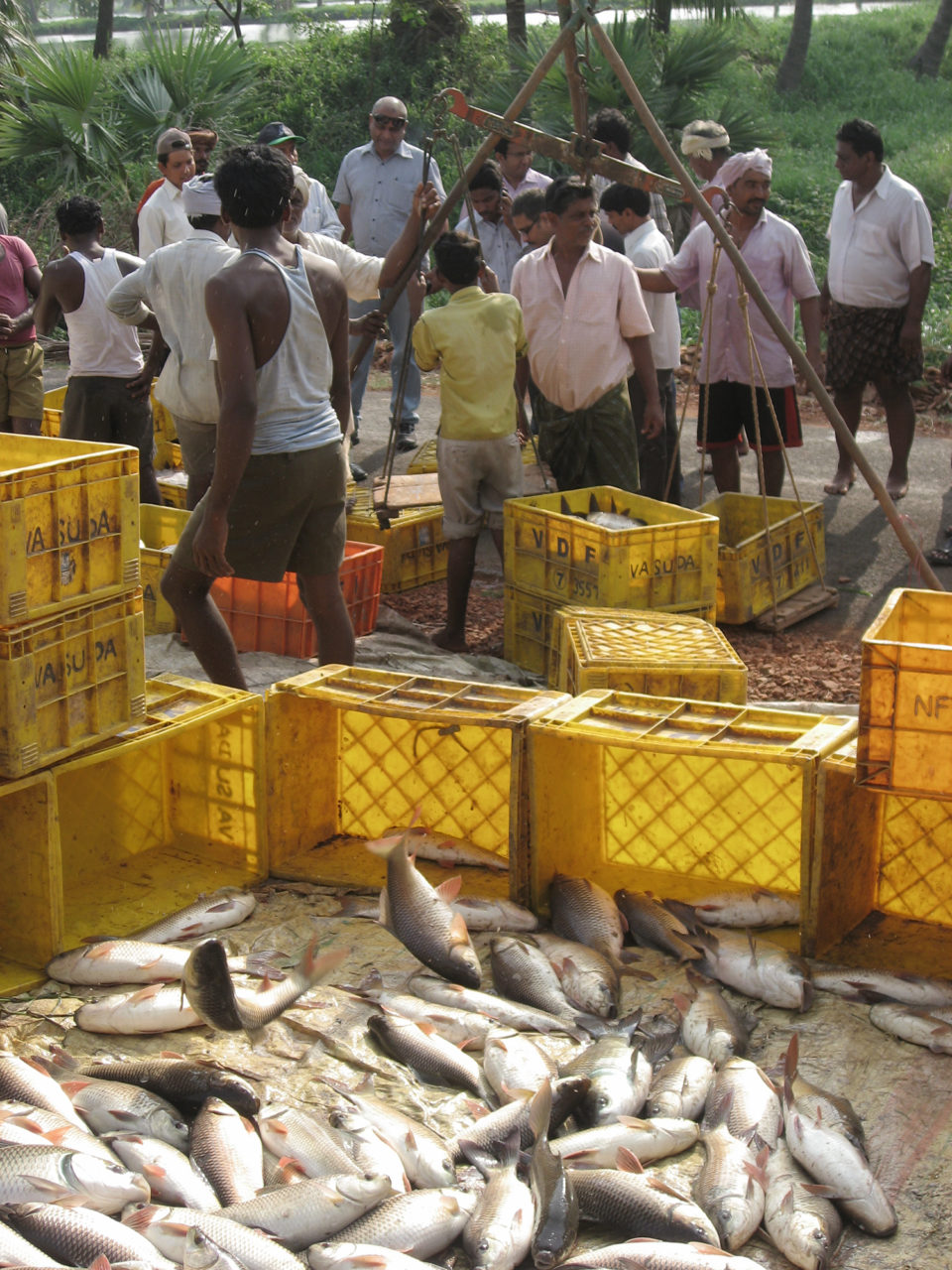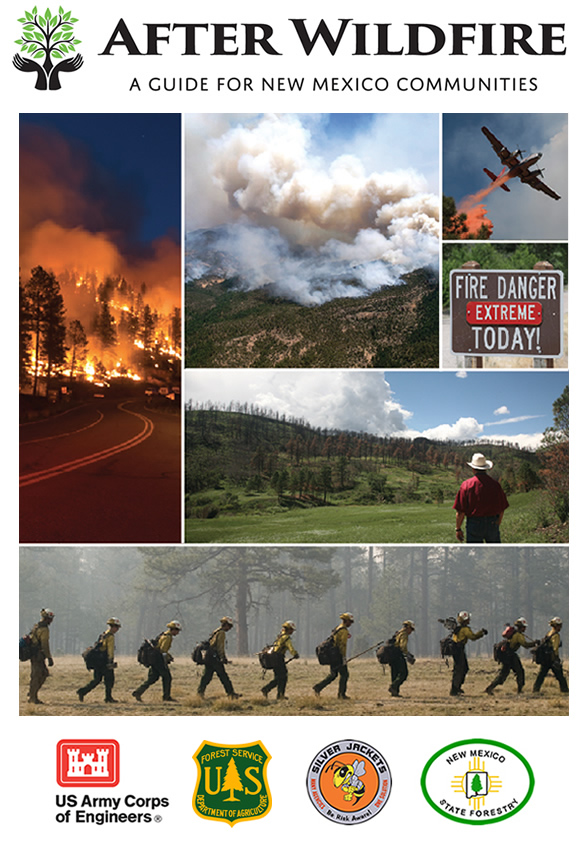Report on Habitat Fragmentation in Iowa and Alignment with Sustainable Development Goals
Introduction
A report released by the Sierra Club Iowa Chapter highlights a critical environmental issue within the state: severe habitat loss and fragmentation. This situation poses a significant threat to wildlife populations and presents a direct challenge to achieving key United Nations Sustainable Development Goals (SDGs), particularly SDG 15 (Life on Land). The report calls for urgent action from the Iowa Legislature and the public to implement solutions that enhance habitat connectivity and support biodiversity.
The State of Iowa’s Ecosystems: A Challenge to SDG 15 (Life on Land)
The report quantifies the dramatic alteration of Iowa’s natural landscape since the 1830s, positioning the state as the “most biologically altered state in the nation.” This degradation directly contravenes the core principles of SDG 15, which calls for the protection, restoration, and sustainable use of terrestrial ecosystems.
Critical Habitat Loss Statistics
- Prairies: 99.9% loss
- Wetlands: 98% loss
- Woodlands: 80% loss
The Impact of Agricultural Land Use
A primary driver of this habitat loss is agricultural production, with 74% of Iowa’s land dedicated to crops. While this addresses aspects of SDG 2 (Zero Hunger) through high productivity, it has created significant environmental challenges. As noted by Iowa State University’s Department of Natural Resource Ecology and Management, this system is associated with “declines in water quality and biodiversity.” This conflict underscores the need for integrated policies that balance food production (SDG 2) with the protection of water resources (SDG 6: Clean Water and Sanitation) and terrestrial ecosystems (SDG 15).
Consequences of Habitat Fragmentation on Biodiversity
The fragmentation of remaining habitats isolates wildlife populations, which severely impacts their long-term viability and resilience, a key concern of SDG 15, Target 15.5, which aims to halt biodiversity loss.
Reduced Genetic Diversity
Habitat connectivity is essential for wildlife to move, find food, and mate. When habitats are fragmented, populations become isolated, leading to a reduction in genetic diversity. This makes species more vulnerable to disease and environmental changes, increasing the risk of local extinctions.
Proposed Solutions and Legislative Actions for Sustainable Development
To address this crisis, the report advocates for the strategic creation of wildlife corridors, a solution that aligns with multiple SDGs by promoting sustainable infrastructure and multi-stakeholder collaboration.
Implementing Wildlife Corridors for Habitat Connectivity
The U.S. Fish and Wildlife Service defines wildlife corridors as undeveloped land connecting habitats to allow for safe animal movement. These can be natural land bridges or engineered structures like overpasses. Implementing such corridors is a direct investment in resilient infrastructure (SDG 9: Industry, Innovation and Infrastructure) and a tangible action to restore and connect ecosystems (SDG 15).
A Call for Policy and Partnership (SDG 17)
Achieving this vision requires a strong multi-stakeholder approach, as emphasized in SDG 17 (Partnerships for the Goals). The report suggests the Iowa Legislature take the following actions, particularly as it prepares to update the state’s Wildlife Action Plan:
- Integrate habitat connectivity and wildlife corridor planning into all state infrastructure and land-use policies.
- Allocate dedicated funding for the identification, creation, and maintenance of a statewide network of wildlife corridors.
- Update the Iowa Wildlife Action Plan to explicitly prioritize habitat connectivity as a primary strategy for achieving biodiversity goals aligned with SDG 15.
- Foster partnerships between state agencies, agricultural producers, conservation organizations, and private landowners to develop and implement effective connectivity solutions.
Analysis of Sustainable Development Goals in the Article
1. Which SDGs are addressed or connected to the issues highlighted in the article?
The article primarily addresses issues related to two Sustainable Development Goals:
- SDG 15: Life on Land: This is the most relevant SDG. The article’s core focus is on the loss of terrestrial habitats (prairies, wetlands, woodlands), the resulting habitat fragmentation, the threat to wildlife populations and genetic diversity, and the call to preserve and connect these areas. These themes directly align with the goal of protecting, restoring, and promoting the sustainable use of terrestrial ecosystems.
- SDG 2: Zero Hunger: This SDG is connected because the article explicitly identifies agricultural production as a primary driver of habitat loss in Iowa. It states that “74% of Iowa’s land area is used to grow land crops” and quotes a report mentioning the “serious environmental shortcomings” of the current agricultural system, including its negative impact on biodiversity. This links the goal of achieving food security with the need for sustainable agricultural practices that do not degrade the environment.
2. What specific targets under those SDGs can be identified based on the article’s content?
Based on the article’s content, the following specific targets can be identified:
-
Target 15.1: By 2020, ensure the conservation, restoration and sustainable use of terrestrial and inland freshwater ecosystems and their services, in particular forests, wetlands, mountains and drylands, in line with obligations under international agreements.
- Explanation: The article directly references the massive loss of Iowa’s ecosystems, stating that the state “has lost 99.9% of its prairies, 98% of its wetlands and 80% of its woodlands.” The Sierra Club’s call to “support efforts to preserve wildlife areas” is a direct appeal to conserve and restore these exact types of terrestrial ecosystems.
-
Target 15.5: Take urgent and significant action to reduce the degradation of natural habitats, halt the loss of biodiversity and, by 2020, protect and prevent the extinction of threatened species.
- Explanation: The article highlights habitat fragmentation as a major threat that disconnects wildlife populations, reduces genetic diversity, and makes species less resilient. The report’s focus on “habitat connectivity” and the proposal to create “wildlife corridors” are specific actions aimed at reducing habitat degradation and halting biodiversity loss.
-
Target 15.9: By 2020, integrate ecosystem and biodiversity values into national and local planning, development processes, poverty reduction strategies and accounts.
- Explanation: The article mentions that the Sierra Club is calling on the “Iowa Legislature” to take action and notes that the state is set to update its “Wildlife Action Plan.” This demonstrates an effort to integrate biodiversity and ecosystem preservation into state-level policy and planning processes.
-
Target 2.4: By 2030, ensure sustainable food production systems and implement resilient agricultural practices that increase productivity and production, that help maintain ecosystems, that strengthen capacity for adaptation to climate change, extreme weather, drought, flooding and other disasters and that progressively improve land and soil quality.
- Explanation: The article links Iowa’s “record productivity in crops and livestock” with “serious environmental shortcomings, including declines in water quality and biodiversity.” This points to the unsustainability of the current agricultural system and implies the need for practices that can maintain ecosystems, which is the core of Target 2.4.
3. Are there any indicators mentioned or implied in the article that can be used to measure progress towards the identified targets?
Yes, the article mentions several quantitative and qualitative indicators that can be used to measure progress:
-
Indicator for Target 15.1 and 15.5 (Proportion of land area covered by forest/wetland): The article provides baseline data on habitat loss which can be used as an indicator. Progress would be measured by halting or reversing these trends.
- “99.9% of its prairies” lost
- “98% of its wetlands” lost
- “80% of its woodlands” lost
-
Indicator for Target 2.4 (Proportion of agricultural area under productive and sustainable agriculture): The article provides a key statistic about land use that serves as an indicator of the scale of agricultural impact.
- “74% of Iowa’s land area is used to grow land crops.” Measuring a shift in how this land is managed (e.g., incorporating wildlife-friendly practices) would indicate progress.
-
Indicator for Target 15.9 (Progress towards national targets established in accordance with Aichi Biodiversity Target 2 of the Strategic Plan for Biodiversity 2011-2020): The article points to policy-level actions that serve as qualitative indicators of progress.
- The updating of the “Iowa Wildlife Action Plan” is a direct policy indicator.
- The creation of “wildlife corridors,” as suggested in the report, would be a tangible outcome and indicator of integrated planning.
4. Summary Table of SDGs, Targets, and Indicators
| SDGs | Targets | Indicators Identified in the Article |
|---|---|---|
| SDG 15: Life on Land | 15.1: Conserve and restore terrestrial and inland freshwater ecosystems. | Percentage of historical habitat lost (99.9% of prairies, 98% of wetlands, 80% of woodlands). |
| SDG 15: Life on Land | 15.5: Halt biodiversity loss and reduce habitat degradation. | The state of habitat fragmentation; lack of genetic diversity in wildlife; the call to create wildlife corridors. |
| SDG 15: Life on Land | 15.9: Integrate ecosystem and biodiversity values into local planning. | The call for the Iowa Legislature to act; the scheduled update of the “Iowa Wildlife Action Plan.” |
| SDG 2: Zero Hunger | 2.4: Ensure sustainable food production systems that help maintain ecosystems. | Percentage of land used for agriculture (74%); reported declines in biodiversity associated with current agricultural systems. |
Source: weareiowa.com







